[Here’s a link to other forays around my map.]
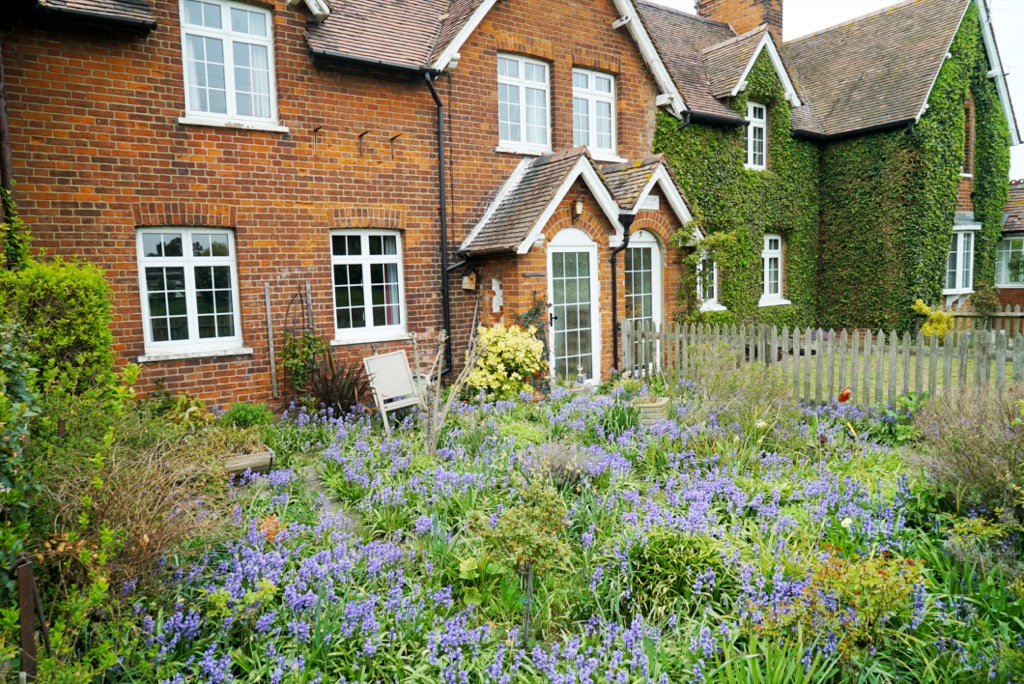

After recent sunshine, it was back to cold, blustery weather. I had my gloves on again as I pedalled out through rush hour. I love slipping past long lines of stationary cars, leaving a ludicrously expensive Bentley in my wake as I weave in and out of endless single-occupancy vehicles. I didn’t see a single other cyclist, though I’m certain that many, if not most, of those idling drivers were only in their cars for short journeys. Loads of them would have doubtless got to work more quickly on a bicycle and, in the case of Mrs Bentley, would have saved herself the need to go to work for a long time to come had she plumped for a bike over a Bentley.
Cities with forward-looking mobility systems have two big, primary goals: to expand access for all residents and to end the supremacy of single-occupancy vehicles (SOVs). When access is easy, convenient, and equitable, cities gain in wealth and the well-being of residents. And when most travel doesn’t mean one person traveling alone in a car, especially a gasoline-powered car, cities are less congested, less polluted, and less likely to perpetuate patterns that deny certain residents and neighborhoods access to jobs and other opportunities. These words—variously attributed to either Gustavo Petro or Enrique Peñalosa, both former mayors of Bogotá—are a veritable urban mobility proverb: “A developed country is not a place where the poor have cars. It’s where the rich use public transport.”
Still, nobody likes to be crowed over or preached at, so I simply smiled at the cars as I sped on my way. Nonetheless, as I rode out of town into the countryside I felt myself unwinding as I left behind the fumes, the noise and the constant risk of being hit by a car. The spring wheat fields were thickening and greening nicely. And then I heard my first cuckoo call of the spring. This cheered me up greatly.
Once part of the soundtrack of an English summer, the call of the cuckoo is now a fading memory for many. We have lost over three-quarters of the UK cuckoo population since the 1980s yet know little of the reasons why. Trying to understand these complicated patterns of change presents a unique challenge. Adult cuckoos are present in the UK for only a short time each year, arriving from April and often gone by July.
And of course they are brood parasites so that the habitat and feeding conditions necessary for cuckoo breeding success must match those of their main hosts – meadow pipits, reed warblers or dunnocks – whose usurped nesting attempts raise cuckoo nestlings to fledging. Agricultural change in the UK may well have played a part in driving cuckoo declines, pushing the birds increasingly out of the farmed countryside and into heathlands and the uplands.
Brood parasitic birds lay their eggs in the nests of others, sparing themselves the expense of rearing their own young. The resulting coevolutionary arms race includes sophisticated defences by hosts and escalating tools of exploitation by parasites. For the parasite, benefits include increased fecundity due to greater allocation of resources toward mating and producing more eggs rather than defending nests, incubating eggs, and feeding young. For hosts of brood parasitic birds, the costs of parasitism range from diminished nestling growth rate, due to competition with larger and more competitive parasitic offspring, to total loss of breeding by the abandonment of parasitised broods, the eviction of all host eggs by the early-hatching parasites, or the killing of host hatchlings by parasitic hatchlings. These costs exert reciprocal natural selection on parasites and hosts, such that in many cases host-parasite interactions result in escalating coevolution between intimately tied and interdependent species. In turn, many hosts are able to discriminate against and reject foreign eggs or chicks based on visual, acoustic, or multimodal sensory cues. The eggs of many brood parasites, for example, mimic those of their hosts (to deceive hosts to accept), have harder shells (to impede rejection by puncture), and require slightly shorter incubation times (causing a size advantage for parasitic nestlings).
I passed through a kissing gate into field, pausing to admire an old timber barn raised on staddle stones. Consisting of a semi-circular, square or V-shaped enclosure on one side and a hinged gate that swings between two shutting posts, a kissing gate allows one person at a time to pass through but keeps livestock out. As for the title, the prosaic answer is that it derives from the fact that the hinged part touches – or ‘kisses’ – both sides of the enclosure rather than being securely latched like a normal gate. That hasn’t stopped many clinging to a more romantic notion: that the first person to pass through would have to close the gate to the next person, providing an opportune moment to demand a kiss in return for entry.
Staddle stones were originally used across the UK in the 1700s – 1800s to raise grain stores and larders up off the ground, to protect the contents from vermin and potential water damage. They were carved from local stone by stonemasons or farm labourers, making each staddle stone completely unique. The word staddle comes from the Old English word stathol or base. In German the word stadal means barn. In the US, staddle stones were used as boundary stones to mark corners of a property.

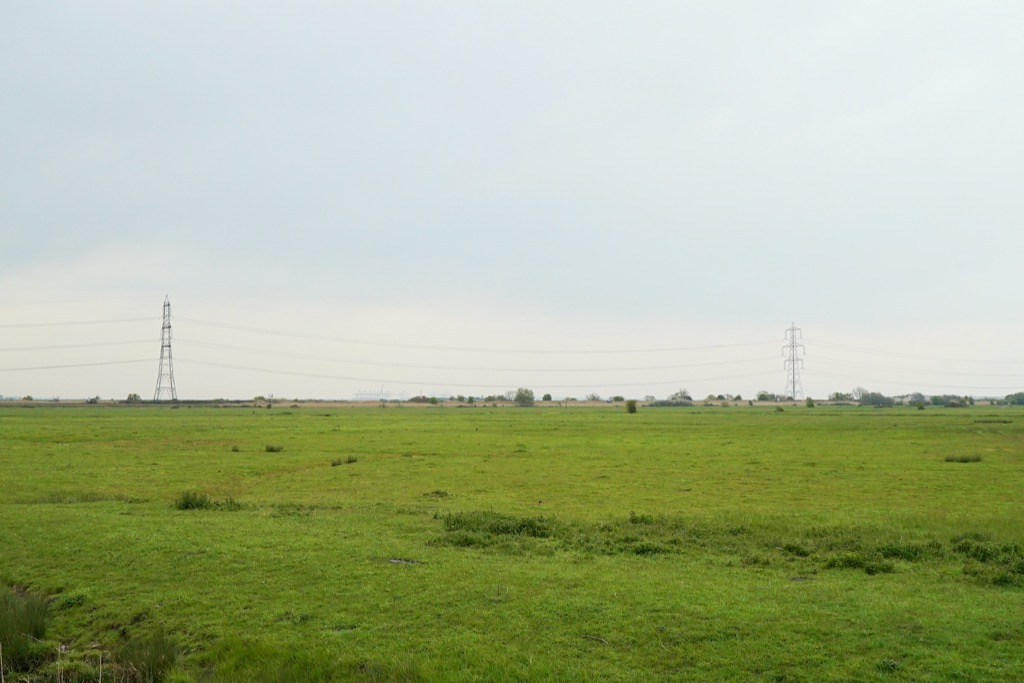
I was out now onto the marshes, and glad to be here again. These flat, featureless, empty marshes were where I began exploring my map months ago. I like it out here. It feels empty and I’m always alone out here. I prefer the ignored, forgotten corners of my map to the over-tended ones. I like the forgotten places, the ignored places, the ruin down places. That probably explains my indifference to the tended, cared for suburbs. In the far distance lay the town, a pair of high wind turbines and the white dome of a Sikh temple.
Marshes are one of Britain’s endangered landscapes. Marshlands in south-east England could start to vanish in about 20 years due to rising sea levels, scientists warn. Researchers at Durham University have studied sediment samples dating back 10,000 years to track how sea levels affect salt marshes. They say marshes could disappear in south-east England from 2040 and across the rest of Great Britain by 2100. Salt marshes protect coastal areas from erosion by acting as a buffer against waves and reducing flooding by slowing and absorbing rainwater.
If water truly is the stuff of life, then the world’s wetlands are the key to the survival of all living things on our planet. They provide a unique refuge for a wealth of plants and animals: a complex ecosystem which helps sustain life not just in the wetlands themselves, but in their surrounding habitats as well.
But wetlands have a problem. Because they are usually in low-lying areas, and easily accessible, they are prime targets for development. By draining a wetland, and building homes, roads and factories, a nation may boost its economic performance; but this is almost always at the expense of biodiversity.
Yet it’s not all bad news. Uniquely, wetlands can be created – or recreated – much more quickly and easily than other vital habitats such as ancient woodlands, hedgerows or rainforest. As Baroness Barbara Young, chief executive of the Environment Agency, says, “Just add water!”
I followed a chalky, bumpy track between two of the marshes numerous drainage ditches. A reed warbler babbled noisily amongst the swaying stems of its reedbed homes, recently arrived from Africa. They are superb weavers, creating a basket nest suspended in the reeds and –hopefully– safe from predators. Alas they are not safe from cuckoos, who are very fond of parasitising the poor little warbler, with as many as 10% of reed warbler nests being home to a grotesque, gargantuan cuckoo demanding food from the poor warbler which can be just 1/10th the size of the young cuckoo. Fortunately the warbler raises multiple clutches of eggs each year, so the cuckoo is not too damaging to the warbler population.

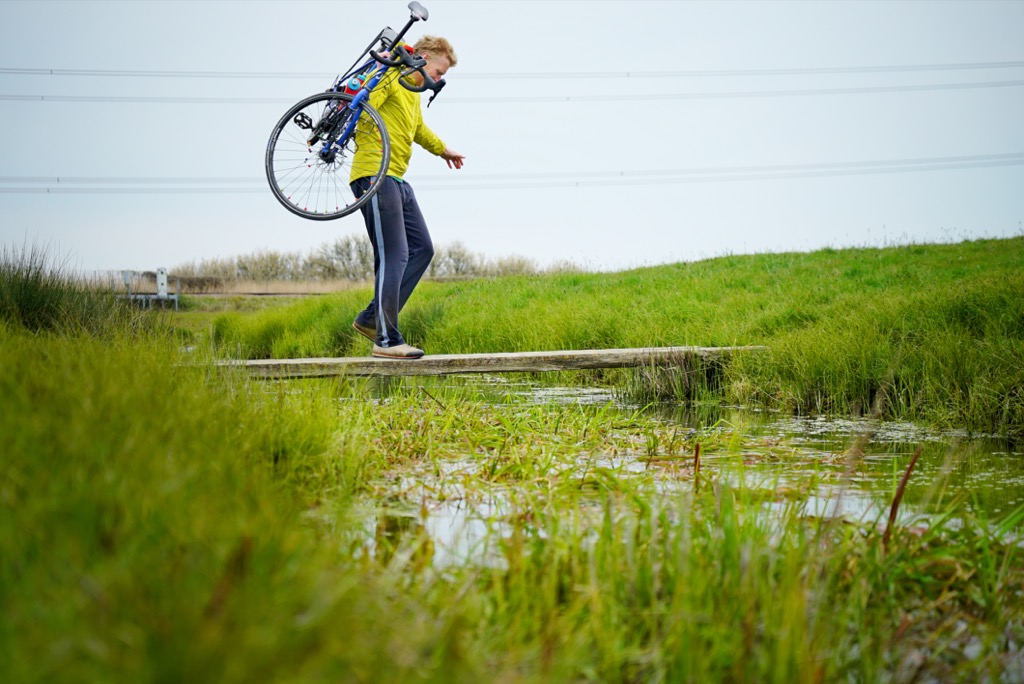
A heron cruised in to land like a paraglider beside one of the ditches, bossing the landscape with its haughty swagger. It glided for about 200 metres without flapping its wings, then braked hard and dropped smoothly into position. I watched a big ship appear to drift smoothly past a field of cows. It was actually out on the estuary beyond the marshes, bound for Zeebrugge according to my Marine Radar app. (A quick shout out also for the super BirdNet app which is teaching me much about bird song on this project.) A lark sang overhead and I felt myself slowing down to the pace of marsh life: very sedate. A fence post covered in bird droppings was a lookout post for a hawk, though I didn’t see the bird today. A marsh harrier, perhaps. The marsh harrier nests in large reedbeds where it feeds on frogs, small mammals and birds, such as moorhen and coot. Once very rare, it has recently spread from its stronghold in East Anglia to other parts of the country where reedbed habitat is found. Although the marsh harrier is typically a migrant bird, arriving here to breed in April and leaving in October to winter in Africa, an increasing number are choosing to overwinter in the UK. During the breeding season, males perform amazing courtship displays, wheeling at great heights then diving towards the ground while performing a series of tumbles; sometimes the female will join him and they will lock talons mid-air.
The marsh harrier is now more common than at any time in the last 200 years. The recovery has been attributed to bans on the use of toxic farm pesticides, a crackdown on illegal shooting and egg collection, and the restoration of the bird’s reed-bed habitat.
The marsh harrier was also regularly shot by gamekeepers to such an extent that it was extinct in the UK between 1900 and 1920. Legal protection helped it recover in the 50s, only for pesticides such as DDT to cause a second decline in numbers. DDT caused toxic chemicals to get into the food chain, resulting in the thinning of eggs of many birds of prey.
What was very much in evidence were cows. A field full of the big, docile beasts. I walked over to say hello. The silky black ones were Herefords crossed with Limousin, whilst the skinnier fellows were crossed with a dairy cow: they struggle to hold condition because they make more milk for their calves. One of the most prolific breeds in the world, the Hereford cattle lineage started in 1742 in Herefordshire, England, and now represents millions of pedigree Herefords. One of the most prolific breeds in the world, what started in 1742 in Herefordshire, England, with just one bull calf and two cows now represents more than 5 million pedigree Herefords in 50 nations, and has the distinction of being the first English cattle to be recognised as a breed. Today, millions more carry the Hereford cattle lineage on farms and feedlots around the world.

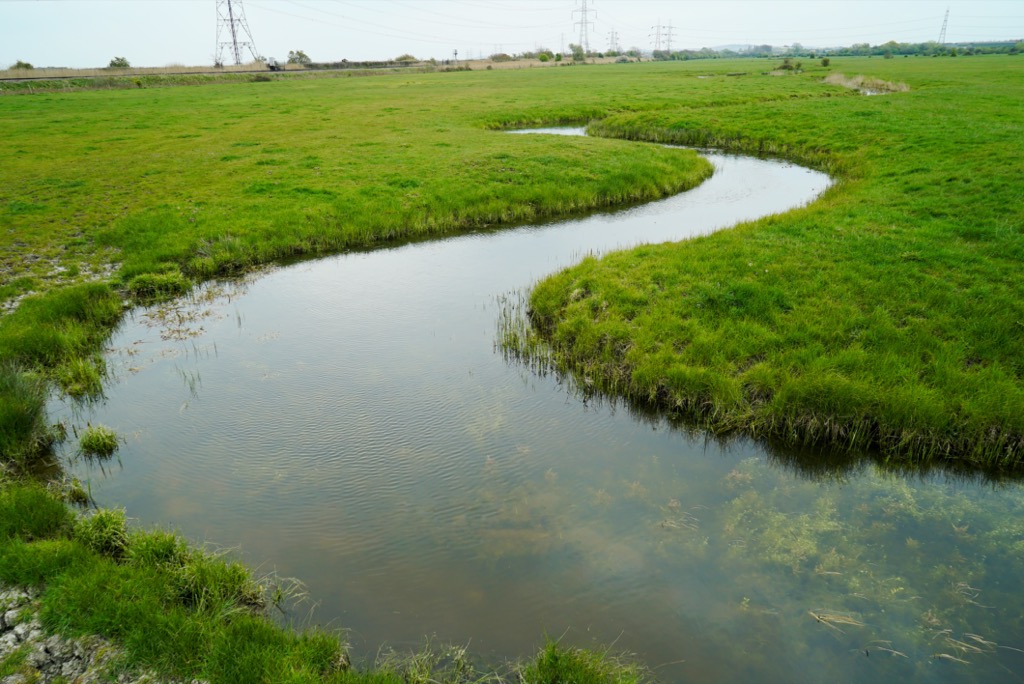

Legend has it that Benjamin Tomkins was among the earliest founders of the line back in 1742 with the son of a cow named Silver, and two other cows named Pidgeon and Mottle. Some 278 years later, farmers around the world still look to that line when seeking genetics resulting in greater weight gain on either grain or pasture, as well as early maturing and a productive lifespan.
All the way back to their ancient origins as the draught oxen and small red cattle of Roman Briton and Wales, Hereford breeders have sought to maximise beef yield and efficiency of production on either grass or grain. By the early 1800s, the Hereford breed in England was producing cattle in excess of 3,000 pounds, with Cotmore, a winning show bull and sire, weighing in at 3,900 pounds in 1839. Breeders have scaled this back a bit in modern times as they sought more smoothness, but the potential for a big beef is still in the bones.
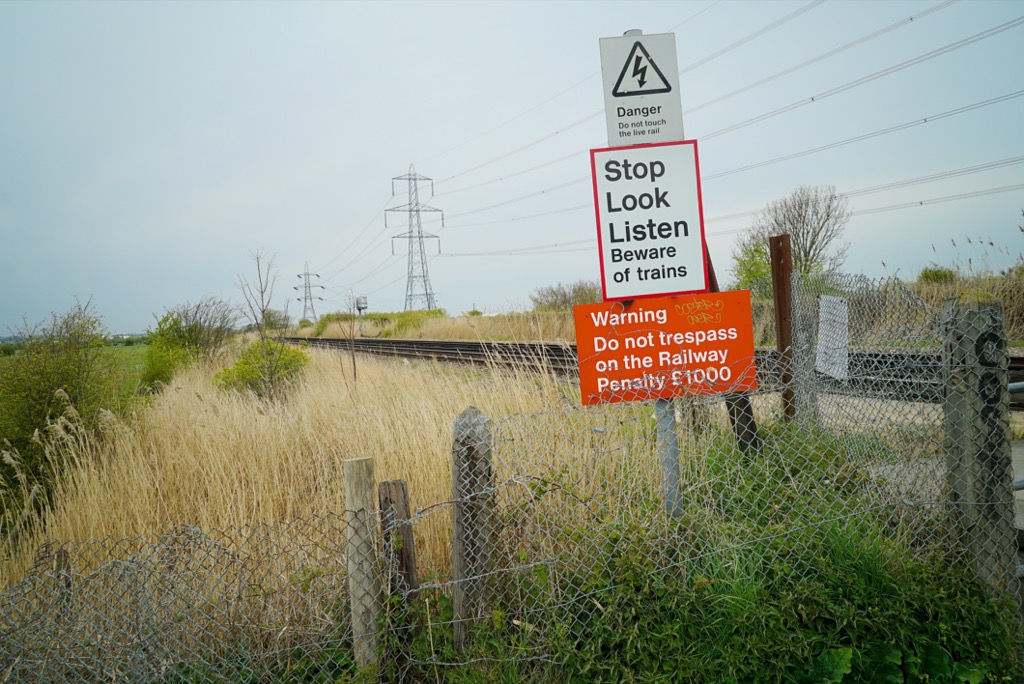

Slicing across the marsh, before you reach the police firing range and the swift, muddy waters of the estuary, is a disused canal. Its construction began with great enthusiasm and fanfare but, unfortunately for the canal, the era of the railways arrived before it was completed and out of debt. It eventually opened 25 years after work began, coming in at 11 times over budget (making it perhaps an even worse idea than HS2?). By this time the need for the canal was greatly diminished. The canal was never the great success its investors had dreamed of, beset by difficulties despite being only 7 miles long. Today the canal’s towpath is a peaceful path for joggers and cyclists, its overgrown waters home to reeds, wildlife, Lucozade bottles and deflated birthday helium balloons.
I enjoyed zipping along the towpath, now part of Sustrans’ National Cycle Network. A pair of noisy, feisty reed warblers almost crashed into my bike, calling and squabbling (or courting) on the wing and paying scant attention to a giant human on a blue bicycle. I remember a vivid split second of looking down towards my wheel and watching the bird fan its wings, slam on the brakes and veer away. The National Cycle Network (NCN) is the national cycling route network of the United Kingdom, which was established to encourage cycling and walking throughout Britain, as well as for the purposes of bicycle touring. It was created by the charity Sustrans who were aided by a £42.5 million National Lottery grant. In 2017, the Network was used for over 786 million cycling and walking trips. In 2020 the NCN was recorded as having 12,739 miles (20,501 km) miles of signed routes. It is made up of 5,220 miles (8,400 km) of traffic-free paths with the remaining 7,519 miles (12,101 km) on-road. It uses shared use paths, disused railways, minor roads, canal towpaths and traffic-calmed routes in towns and cities.
Yes, this was a good day to be out exploring. Spring was in full cry. It comes along slowly, slowly, then all at once. I was in a country that cared, to a greater degree than most nations, about encouraging cycling and walking. I had heard my first cuckoo of the year. And I had chatted to some cows. What more could I ask for on this single map?

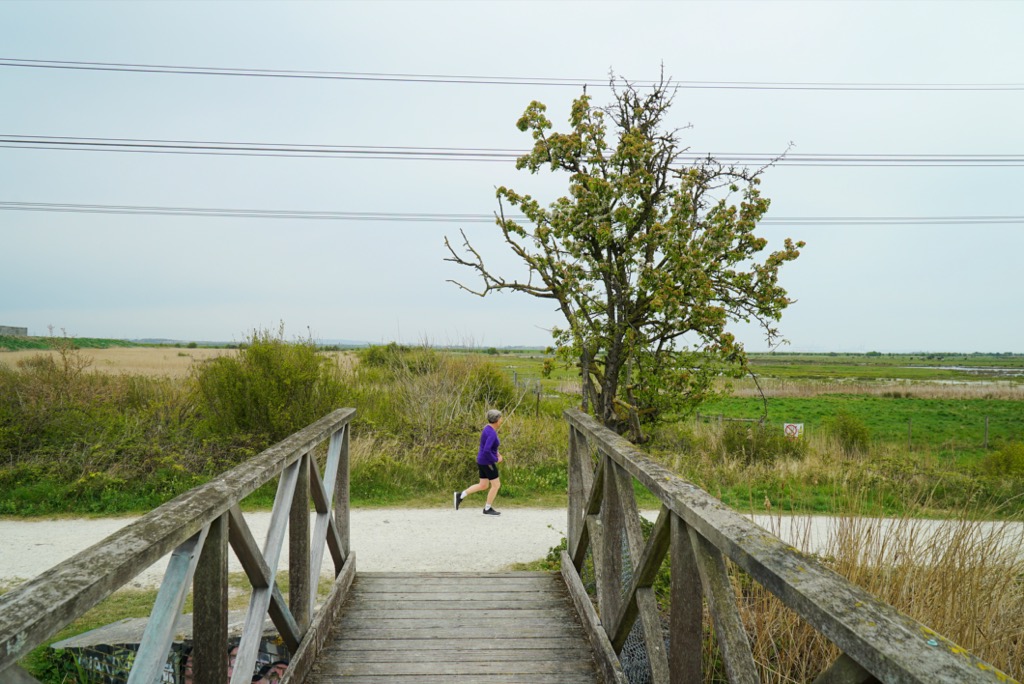
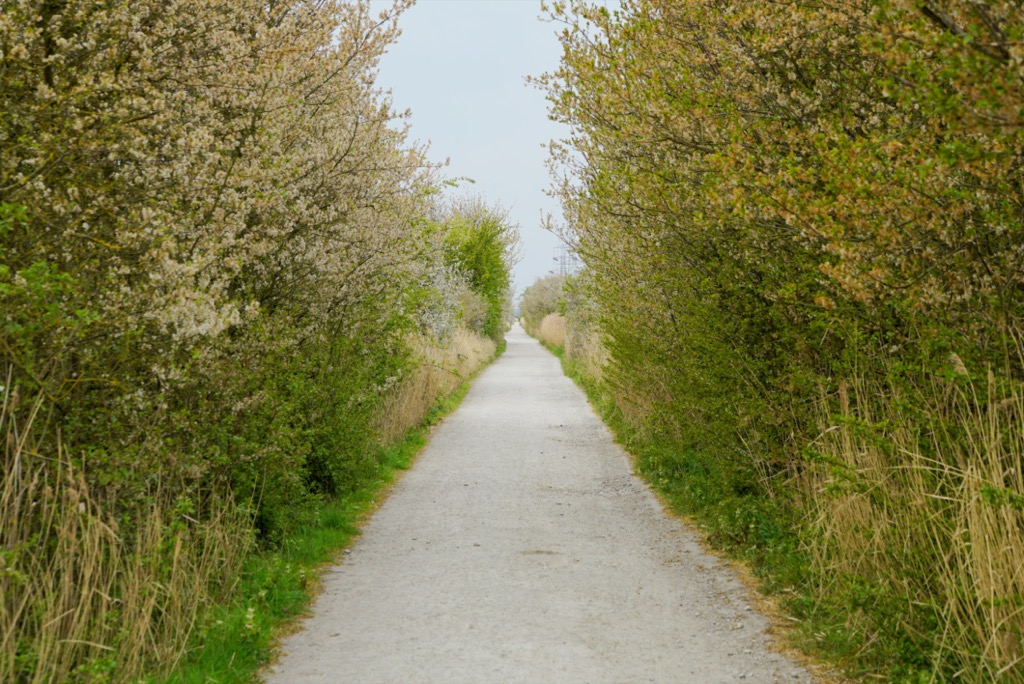



Comments